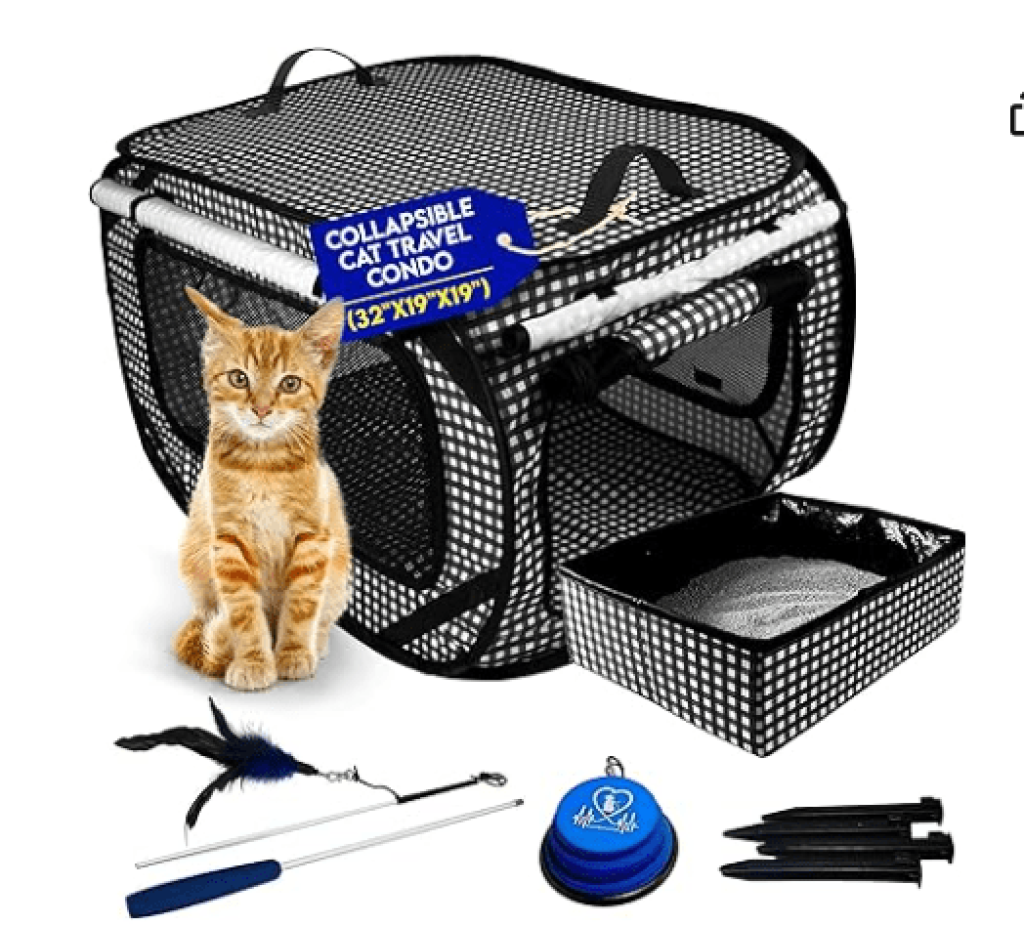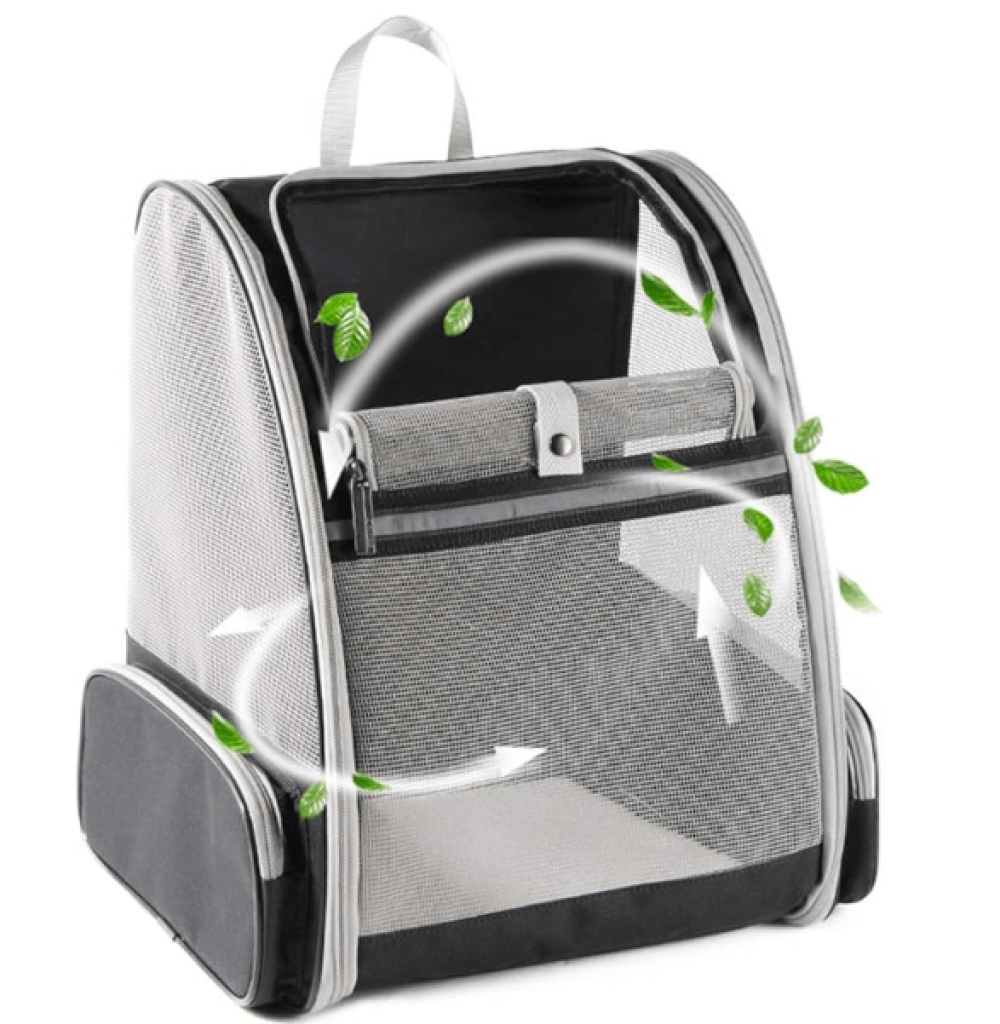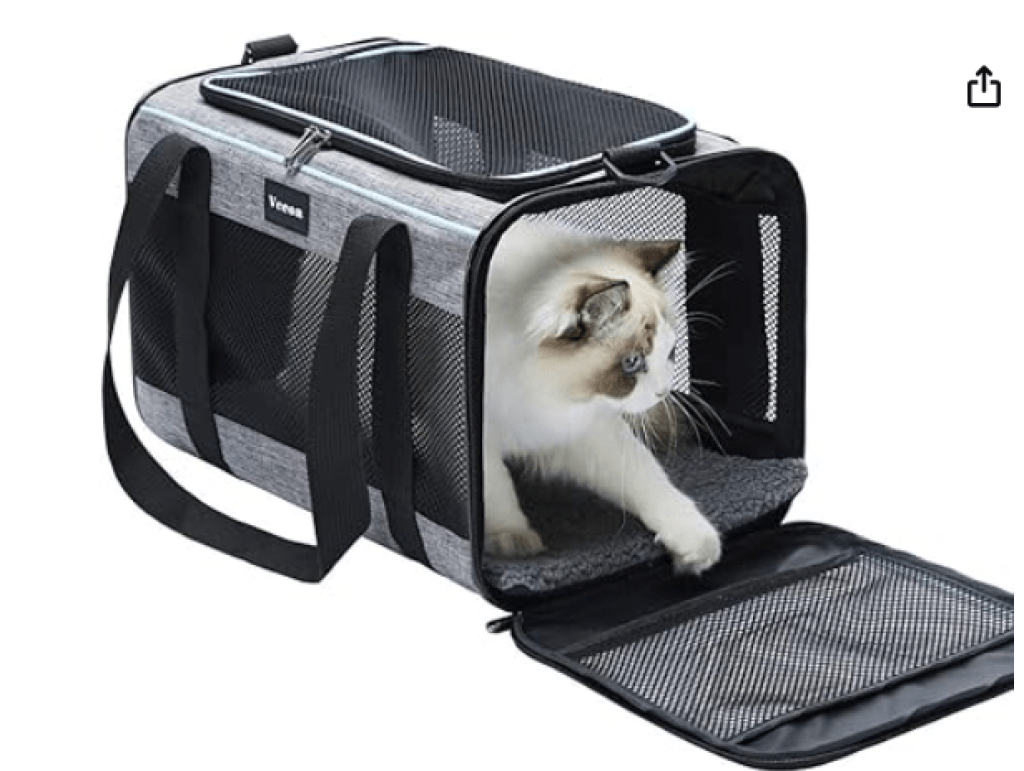Traveling with a pet: Important tips and advice before you go
Pets are no longer just entertainment, they have become part of the family. Many pet owners don’t want to leave their little darlings alone, even on short trips. But traveling with a pet, as pleasant and intimate as it can be, comes with its own challenges. From finding the right accommodations to observing health and safety precautions, all of these require awareness, planning, and preparation.
In this article, we will try to provide a complete guide to a carefree trip with your pet by providing practical tips, expert advice, and reviewing important points before you leave. If you want to travel without anxiety and safely, don’t miss the rest of this article.



Careful planning before traveling with a pet
Planning is the most important step for a successful trip with your pet. Considering the type of vehicle, duration of the trip, accommodations, and health conditions are among the vital things.
Checking Your Pet’s Health Before Traveling
First of all, you should take your pet to a qualified veterinarian to make sure that they are healthy. Getting the necessary vaccinations, a general health check, and a health certificate can help prevent potential problems during your trip.
Book Pet-Friendly Accommodations
Not all accommodations accept pets. So be sure to book a pet-friendly hotel or accommodation in advance. There are websites and apps that specifically provide services in this area.
Essential Items for Traveling with a Pet
| Category / Item | Description / Purpose |
|---|---|
| Food & Water | Sufficient quantity for the trip. |
| Bowls | Portable containers for food and water. |
| Restraints | Collar, leash, and muzzle (if required). |
| Carrier | Suitable carrier with good ventilation. |
| Comfort Items | Pet’s favorite blanket or toy. |
| Hygiene | Bags for waste disposal. |
| Health | Essential medications or supplements. |
| Overall Benefit | Ensures the pet’s comfort and provides peace of mind for the owner. |
Pet Transport Tips
Transporting your pet during a trip requires precision, attention to detail, and adherence to safety and health standards. Choosing the right transportation method depends largely on the type of trip, the distance to the destination, the animal’s physical and behavioral conditions, and the laws governing the transportation of animals. Among the different methods, traveling by private car and traveling by plane are the most common options, each with its own conditions and recommendations.
Traveling by private car
For many pet owners, using a private car is the most convenient, safest, and least stressful way to transport their pet. In this method, you have complete control over the animal’s situation and can adjust the conditions depending on its needs. One of the most important tips is to use a suitable and safe carrying crate. This crate should be the right size for the animal, provide enough space for limited movement, and have proper ventilation. Placing the crate in the back seat of the car and securing it with a seat belt will prevent the crate from moving suddenly and dangerously while driving.
The ventilation inside the car should be in good condition. High temperatures can lead to heatstroke or breathing problems for the animal. It is best to avoid opening the windows completely, as the animal may become anxious or even injured. Also, stop every two to three hours so that the animal can rest and relieve the need to defecate or drink water. Keep in mind that feeding the animal right before departure can lead to nausea or vomiting on the way, so give the animal its last meal at least two hours before the start of the journey.
Air Travel with a Pet
| Aspect | Key Considerations |
|---|---|
| General Requirement | Requires more preparation, especially for long-haul or international flights. |
| Airline Rules | Vary by airline. Contact the airline before booking to confirm details on weight, size, breed, and transport conditions. |
| In-Cabin Transport | Possible for small animals that fit under the seat. |
| Cargo Hold Transport | Required for larger animals. The carrier must meet IATA standards (proper size, ventilation, strength, secure locking). |
| Health Certificate | A valid health certificate from a vet confirming the pet is fit to fly is required. |
| Vaccinations | Must be up-to-date and recorded in the pet’s passport/health book. |
| Country-Specific Rules | Some countries require specific documents; without them, the pet may be denied entry or quarantined. |
| Overall Goal | Ensure the pet’s safety, comfort, and health through careful planning for a stress-free experience. |
Prepare for Special Situations During Travel
Traveling with a pet is an enjoyable experience, but it also comes with responsibility. During the trip, despite all the planning and preparation, unexpected situations may arise that require preparation and quick response. Some of the most important challenges along the way are behavioral problems caused by stress and anxiety in the animal, as well as the emergence of medical or behavioral emergencies that, if ignored, can make the travel experience bitter for you and your pet.
One of the most common problems that pet owners face is the animal’s nervous and anxious reactions to unfamiliar environments. Many animals, especially cats and dogs that have rarely left the house, become afraid and stressed by changes in their environment and being in unfamiliar places.
Symptoms such as panting, trembling, excessive barking or meowing, restlessness, and even incontinence of urine or feces can be signs of animal anxiety. To combat this problem, you can use special animal-specific calming sprays or drops, which are usually based on natural ingredients such as lavender extract or pheromones and help calm the animal’s mind without harming it.
Cleaning Cat and Dog Ears and Care Tips You Should Know
Bringing your pet’s favorite toy or blanket with you can also greatly reduce anxiety. These items have a familiar smell that makes the animal feel safe. It is also best to talk to your pet during the trip and calm him down in a soft voice. Soothing voice contact is one of the simplest and most effective ways to make your pet feel present and confident, especially when he is in a carrier or the trunk of a car and cannot see you well.
International Pet Travel Regulations
| Requirement | Key Consideration |
|---|---|
| Mandatory Quarantine | Many countries enforce a mandatory quarantine period. |
| Rabies Vaccination | Must be up-to-date and accompanied by a valid certificate. |
| Pet Passport | Required for entry into some countries. |
| Breed Restrictions | Entry of certain breeds is prohibited in specific countries; check before booking. |
Pet Travel Preparation Guide
Travel can be stressful for pets, especially those who have never experienced relocation. Follow these steps to ensure a smooth and comfortable journey for your furry friend.
What to do after arriving at your destination?
After a long and eventful trip, arriving at your destination can be as stressful for your pet as it is for humans. Your pet is entering a new, unfamiliar environment, full of new smells and sounds. Therefore, it is necessary to take steps to gradually acclimate your pet to the new environment so that this sudden change does not cause anxiety or negative reactions in him.
The first step after arriving at your destination is to give your pet enough time to get to know his surroundings. Let him sniff and explore freely (if it is completely safe).
This exploration will help him better understand the new situation and gain a sense of security. To start, confine him to a small space, such as a room, and then gradually open up other spaces to him.
It is recommended to provide a familiar and safe environment for your pet. This environment can include items such as a blanket, food and water bowls, toys, or a carrier that your pet has used before. Having these familiar objects in a new place will help your pet feel more secure and less stressed. Try to keep your pet’s diet and schedule the same as before so that they don’t get too excited.
5 Surprising Benefits of Using Scratchers for Cats
When it comes to nutrition, it’s best to feed your pet the same food they’ve been eating for a while. Suddenly changing the brand or type of food, especially after traveling, can cause digestive upset, diarrhea, or loss of appetite. If you don’t have access to the previous food, at least try to choose a food that is similar or has similar ingredients, and make the changes slowly and gradually.
Finally, if your pet shows any unusual signs such as lethargy, vomiting, diarrhea, extreme restlessness, or prolonged loss of appetite, contact your local veterinarian as soon as possible. Prompt attention to early symptoms can prevent serious illnesses from developing. If you have a list of veterinarians near your destination, it will be much easier to seek professional help.
Pet Travel FAQs
Answers to the most common questions about traveling safely and comfortably with your pets
No, some animals may experience stress or physical problems during travel due to age, illness, or specific personality traits. It’s best to consult with a veterinarian before traveling and assess your pet’s physical and mental condition.
Typically, documents such as up-to-date vaccination records, veterinary health certificates, and in some cases, animal transport permits are required. For air travel, each airline has specific conditions that should be checked in advance.
Preparing your pet before travel, using an appropriate carrier, bringing favorite toys, creating a calm environment, and using natural calming aids can be helpful.
Sudden food changes can cause digestive problems. It’s best to use your pet’s regular food as much as possible, and if necessary, change food gradually.
For more information about pet care and travel, you can read the following articles:
Choosing a Pet Hamster: Which Breed Is Right for You?Vceoa 17.5x11x11 Inches Cat, Dog Carrier
| Feature | Description |
|---|---|
| Dimensions | 17.5" L x 11" W x 11" H |
| Recommended For | Cats and small dogs (Max load: 16 lbs) |
| Sizing Advice | Choose based on pet's length/height, not weight alone. |
| Airline Compliance | Fits under-seat dimensions for most airlines (verify with airline first). |
| Ventilation & Safety | Mesh windows; top and side entry with locking zippers. |
| Carrying Options | Handles, adjustable shoulder strap (doubles as seatbelt), luggage strap. |
| Comfort Features | Removable base insert, removable & washable fleece bed. |
| Material | Textile materials (like a fabric pet home). |
Pet Fit For Life Extra Large Cat Carrier for Travel
| Feature | Description |
|---|---|
| Product Type | Extra large, collapsible cat crate/carrier. |
| Construction | Durable nylon with a steel frame. |
| Primary Uses | Car travel, home use, emergencies, outdoor use. |
| Key Features | Collapsible for easy storage, foldable design. |
| Comfort & Space | Soft velvet floor pad, spacious enough for two large cats, room for extra beds. |
| Safety & Ventilation | Secure mesh windows, zippered door, integrated stakes for ground stability. |
| Included Accessories | Removable litter box, cat feather teaser (toy), portable bowl. |
| Main Benefit | A fully-equipped, portable, and comfortable home for cats during travel. |
Texsens Innovative Traveler Bubble Backpack Pet Carriers for Cats and Dogs
| Feature | Description |
|---|---|
| Dimensions | 12.6" L x 11.4" W x 16.5" H |
| Weight Capacity | Dogs up to 15 lbs, cats up to 18 lbs |
| Size Guide | Pet must be within 14.5" in height and 12" in width |
| Material / Ventilation | Three sides made of PVC mesh for optimal airflow and visibility |
| Comfort Features | Removable cozy mat for easy cleaning |
| Carrying System | Includes chest buckles to reduce shoulder burden and prevent strap slippage |
| Durability | Scratch-resistant and sturdy construction to withstand pet scratches/gnawing |
| Storage | Designed for easy storage |


